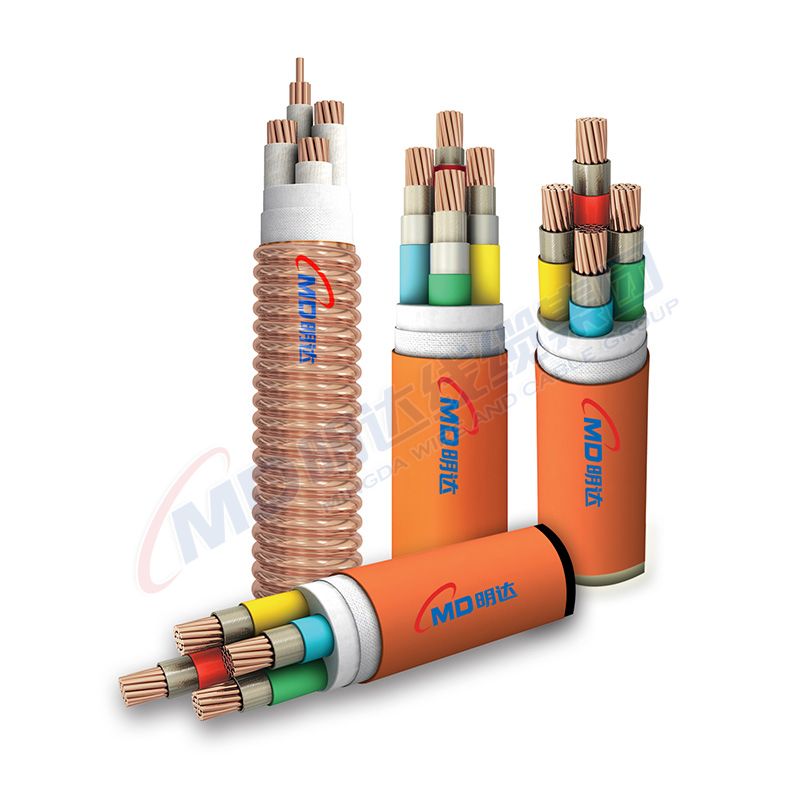دېكابىر . 04, 2024 23:47 Back to list
flanged swing check valve
Understanding Flanged Swing Check Valves Design, Function, and Applications
Flanged swing check valves are essential components in various piping systems, especially in applications where the prevention of backflow is crucial. Unlike traditional check valves and gate valves, flanged swing check valves utilize a unique design to ensure that fluid flows in one direction while automatically closing to prevent backflow. This article delves into the design, functionality, advantages, and applications of flanged swing check valves.
Design Overview
A flanged swing check valve typically features a circular disc or flap that is hinged at the top and swings open when fluid flows through the valve. The term flanged refers to the valve's connection method, which uses flanges—projecting flat edges—on either side of the valve body, allowing for easy attachment to other pipes or fittings. The design is not only practical but also robust, making it suitable for high-pressure and high-temperature applications.
The materials used in the construction of flanged swing check valves vary and can include metals like stainless steel, carbon steel, and cast iron, as well as polymers for specific applications. The choice of material often depends on the medium being transported, the environmental conditions, and the required pressure rating.
Functionality
The primary function of a flanged swing check valve is to prevent backflow in a piping system. As fluid flows in the intended direction, the increased pressure causes the disc to swing open, allowing the fluid to pass through. When the flow stops or reverses, the disc naturally closes due to gravity and the weight of the flap, creating a seal that prevents any fluid from returning through the valve.
This automatic operation eliminates the need for manual intervention, making flanged swing check valves very efficient and reliable
. They are especially effective in applications where a consistent flow is required, and accidental backflows could lead to system malfunctions or damage.Advantages
flanged swing check valve

One of the significant advantages of flanged swing check valves is their low-pressure drop. Unlike some other valve designs that create turbulence and restrict flow, the swinging action allows for smooth, uninterrupted fluid movement. This characteristic makes them particularly valuable in systems where maintaining pressure and flow rate is critical.
Moreover, flanged swing check valves are designed for minimal maintenance. Their simple mechanical structure means fewer parts that could wear out or fail, allowing for greater longevity and reduced operational costs. Additionally, they can be installed either horizontally or vertically, offering flexibility in various system designs.
Applications
Flanged swing check valves are used across many industries due to their versatility. In waterworks and wastewater management, they help regulate flow in pumping stations and treatment facilities, ensuring that water moves in the correct direction. In oil and gas applications, these valves protect pipelines from backflow that could compromise system integrity.
The HVAC industry also relies on flanged swing check valves in heating and cooling systems to prevent backflow, ensuring efficient operation. Moreover, they are employed in food and beverage manufacturing, where sanitary conditions and reliability are paramount.
In chemical processing, the choice of material is crucial, as flanged swing check valves can be made from corrosion-resistant materials to handle aggressive substances safely. Their adaptability allows them to meet strict regulatory requirements across various sectors.
Conclusion
Flanged swing check valves play a critical role in fluid control and management within numerous industries. Their design promotes efficient flow while preventing backflow, making them indispensable in maintaining the integrity of piping systems. With their low maintenance needs, flexible installation options, and wide range of applications, it’s clear that flanged swing check valves are a vital component in modern engineering and industrial practices. Understanding their functionality and applications can help engineers and maintenance professionals make informed decisions about the best components for their systems, ensuring reliable and efficient operation.
Share
-
Reliable Wafer Type Butterfly Valves for Every IndustryNewsJul.25,2025
-
Reliable Flow Control Begins with the Right Ball Check ValveNewsJul.25,2025
-
Precision Flow Control Starts with Quality ValvesNewsJul.25,2025
-
Industrial Flow Control ReliabilityNewsJul.25,2025
-
Engineered for Efficiency Gate Valves That Power Industrial PerformanceNewsJul.25,2025
-
Empowering Infrastructure Through Quality ManufacturingNewsJul.25,2025